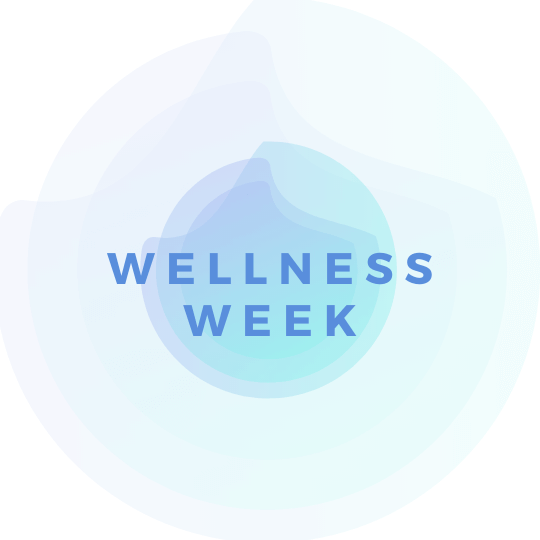Wellness Week: How To Increase Performance in Sports and Life on a (Time) Budget


By Jakob Allen PhD, Sports Scientist at Ascension Texas Sports Performance
While many aspiring amateur athletes would love to be able to devote 20-40 hours per week to training, this volume of training is usually only achievable by the pros. If you don’t fall into that category don’t worry—there’s hope! Scientific research shows that many of the benefits of high-volume endurance training at moderate intensities can be achieved on a time budget. The trick — High Intensity Interval Training (HIIT), where you alternate very high intensity exercise for a short amount of time with rest periods.
Below I will highlight some of the findings from Burgomaster et al. (2005) one of the most highly cited studies on HIIT.
What They Did:
- Subjects completed six sessions of intervals spread over 14 days, with 1-2 days of rest in between each session
- On a given day subjects completed 4-7 “all-out” 30-s sprints on an exercise bike with 4min of recovery between sprints
- The Sprint was what is known as a Wingate, where they had to pedal against a very high resistance, trying to keep their pedal cadence as high as possible
What They Found:
- After the training participants were able to exercise for double the length of time on a fatiguing endurance test
- Additionally, the aerobic activity of enzymes in their muscles increased by 38% and muscle glycogen content (the fuel for endurance exercise) increased by 26%.
They then followed up with another study (Gibala, Little et al. 2006) where they directly compared the sprint interval training method to traditional higher volume training at lower intensities.
What They Did:
- Interval training group …same as detailed above (total training time = 2.5h)
OR - Moderate intensities training group: completed six sessions with 1-2 days of recovery in between. Each session included 90-120min of continuous cycling @ 65% VO2peak (total training time = 10.5h)
What They Found:
- Despite training volume in the sprint interval group being 90% lower than the moderate intensity group there were no differences between the two training methods in terms of performance improvement
- Both groups improved time to complete a cycling time trial with no difference between groups
- Both groups improved markers of aerobic enzyme activity in their muscles, glycogen content, and muscle buffering capacity to the same extent
The takeaway from both of these studies is that HIIT training is a very time effective way to improve endurance performance. If you only have a little bit of time, build in some very hard intervals and you’ll maximize your training potential.
Burgomaster, K. A., S. C. Hughes, G. J. Heigenhauser, S. N. Bradwell and M. J. Gibala (2005). “Six sessions of sprint interval training increases muscle oxidative potential and cycle endurance capacity in humans.” J Appl Physiol (1985) 98(6): 1985-1990.
Gibala, M. J., J. P. Little, M. van Essen, G. P. Wilkin, K. A. Burgomaster, A. Safdar, S. Raha and M. A. Tarnopolsky (2006). “Short-term sprint interval versus traditional endurance training: similar initial adaptations in human skeletal muscle and exercise performance.” J Physiol 575(Pt 3): 901-911.


